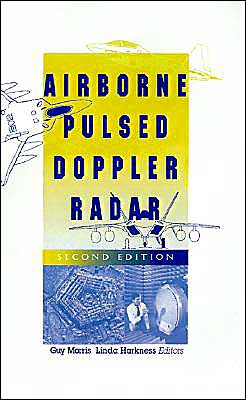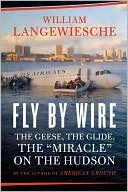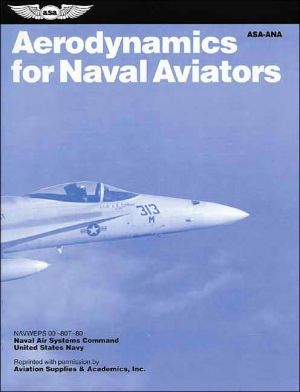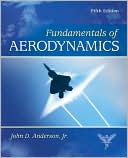Airborne Pulsed Doppler Radar
This second edition of Airborne Pulsed Doppler Radar brings you up-to-date on new radar technologies since 1987 -- plus those likely to appear in the next five years. The book provides valuable insight into specific issues unique to airborne systems and contains the most extensive treatment of the medium-PRF waveform for more accurate performance analysis. Complete with nearly 250 illustrations and 290 equations, the book provides the background you need to: \ - Plan and predict the outcome...
Search in google:
This second edition of Airborne Pulsed Doppler Radar brings you up-to-date on new radar technologies since 1987 -- plus those likely to appear in the next five years. The book provides valuable insight into specific issues unique to airborne systems and contains the most extensive treatment of the medium-PRF waveform for more accurate performance analysis. Complete with nearly 250 illustrations and 290 equations, the book provides the background you need to: - Plan and predict the outcome of test programs- Evaluate proposals for new radar systems or upgrades- Analyze the performance of airborne radars in various scenarios- Understand the capabilities and limitations of airborne systems This book is a valuable reference for radar engineers, missile-seeker system engineers, and users of military airborne radar. It keeps you current on the fundamental principles and system design rationale for establishing radar characteristics, signal processing for target detection performance, and signal processing for tracking and system testing. Booknews Presents the basic principles of pulse-doppler radar without resorting to a heavily mathematical treatment. High-, medium-, and low-pulse repetition frequency (PRF) modes are explained and the advantages and disadvantages of each are discussed. Also included are an explanation of the major signal-processing functions of doppler filtering, pulse compression, tracking, synthetic aperture, selection of medium PRFs, and resolving range ambiguities and a discussion of how to predict the performance of a pulse-doppler radar in the presence of noise and clutter. Annotation c. by Book News, Inc., Portland, Or.
PrefaceCh. 1Principles of Pulse-Doppler Radar1Ch. 2Effects of Platform Motion on Clutter23Ch. 3Special Characteristics of a Pulsed Waveform41Ch. 4Low-PRF Mode63Ch. 5High-PRF Mode83Ch. 6Medium-PRF Mode103Ch. 7Phased-Array Pulse-Doppler Radar123Ch. 8Doppler Processing147Ch. 9Pulse Compression in Pulse-Doppler Radar Systems173Ch. 10Synthetic-Aperture Processing215Ch. 11Medium-PRF Detectability and Range Resolving257Ch. 12Selection of the Medium PRFs273Ch. 13Tracking Techniques285Ch. 14Target Detection by Airborne Radars323Ch. 15Effects of Clutter on Detection Performance355Ch. 16Target Fluctuation Effects377Ch. 17Automatic Detection399Ch. 18Fundamentals of Electronic Counter-Countermeasures419Appendix AClutter Map Computer Program465Appendix BRange-Doppler Blind Zone Map Computer Program475Appendix CSea Clutter Model479Appendix DECM Descriptions483Glossary489About the Editors493Index495
\ BooknewsPresents the basic principles of pulse-doppler radar without resorting to a heavily mathematical treatment. High-, medium-, and low-pulse repetition frequency (PRF) modes are explained and the advantages and disadvantages of each are discussed. Also included are an explanation of the major signal-processing functions of doppler filtering, pulse compression, tracking, synthetic aperture, selection of medium PRFs, and resolving range ambiguities and a discussion of how to predict the performance of a pulse-doppler radar in the presence of noise and clutter. Annotation c. by Book News, Inc., Portland, Or.\ \








